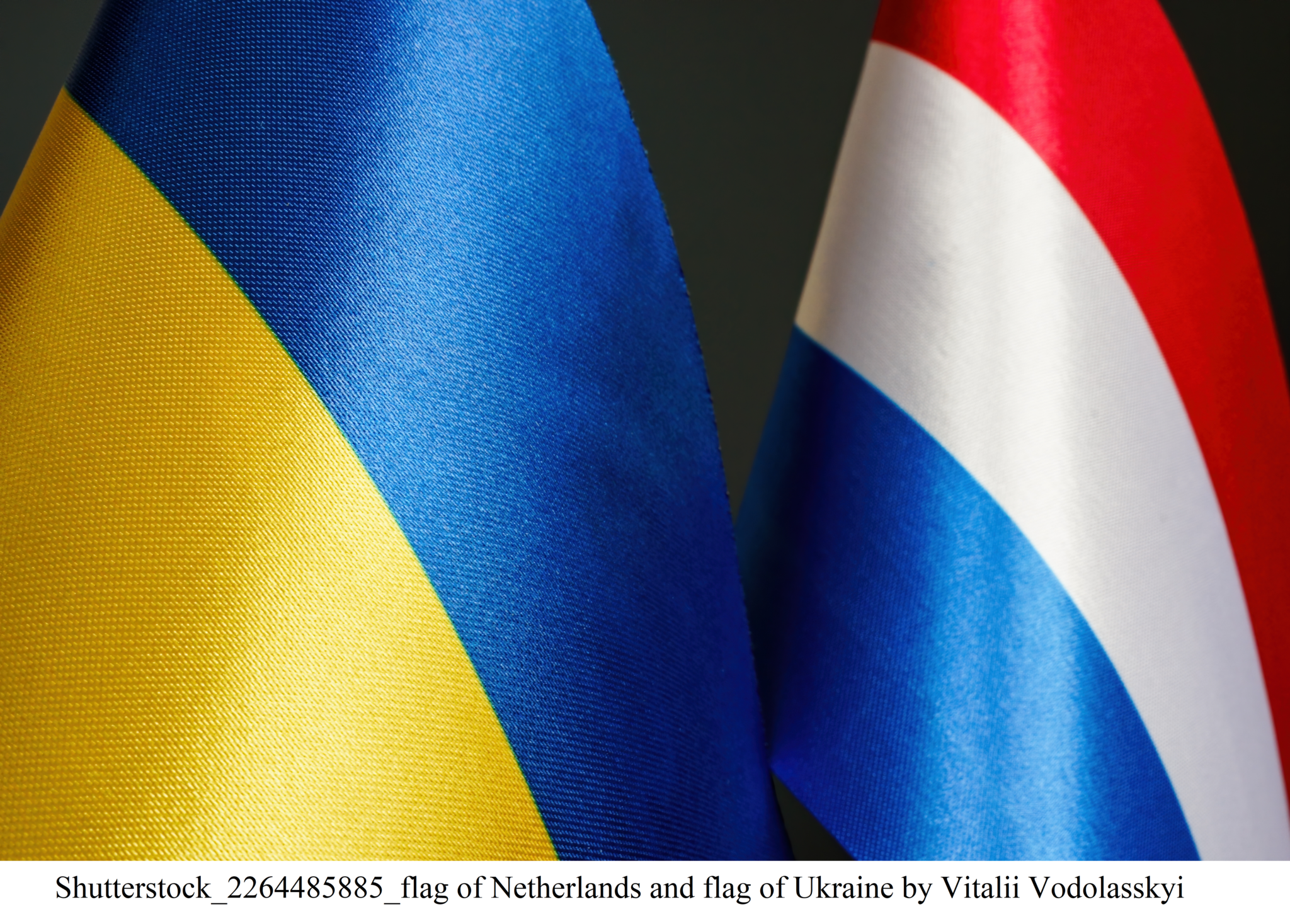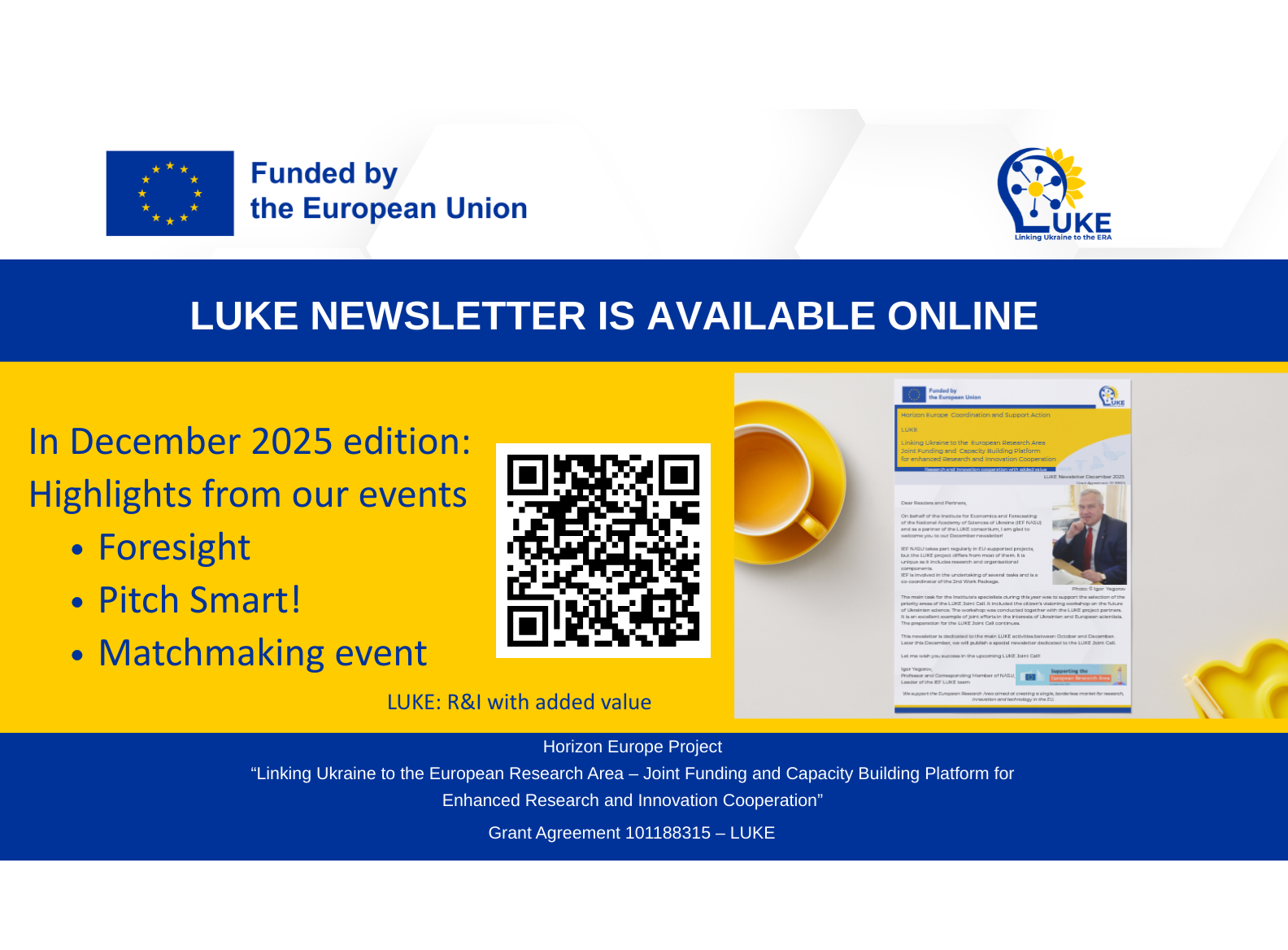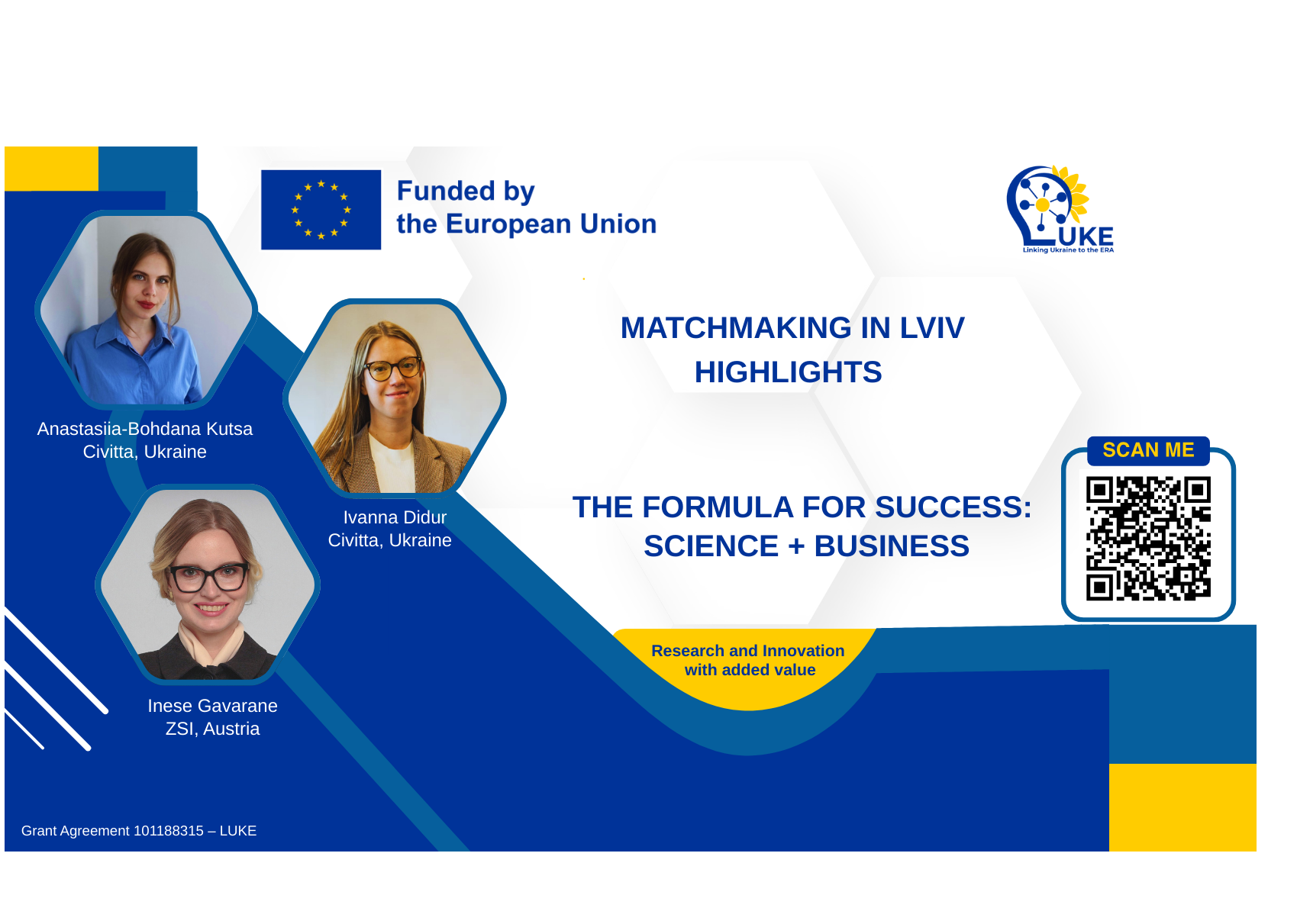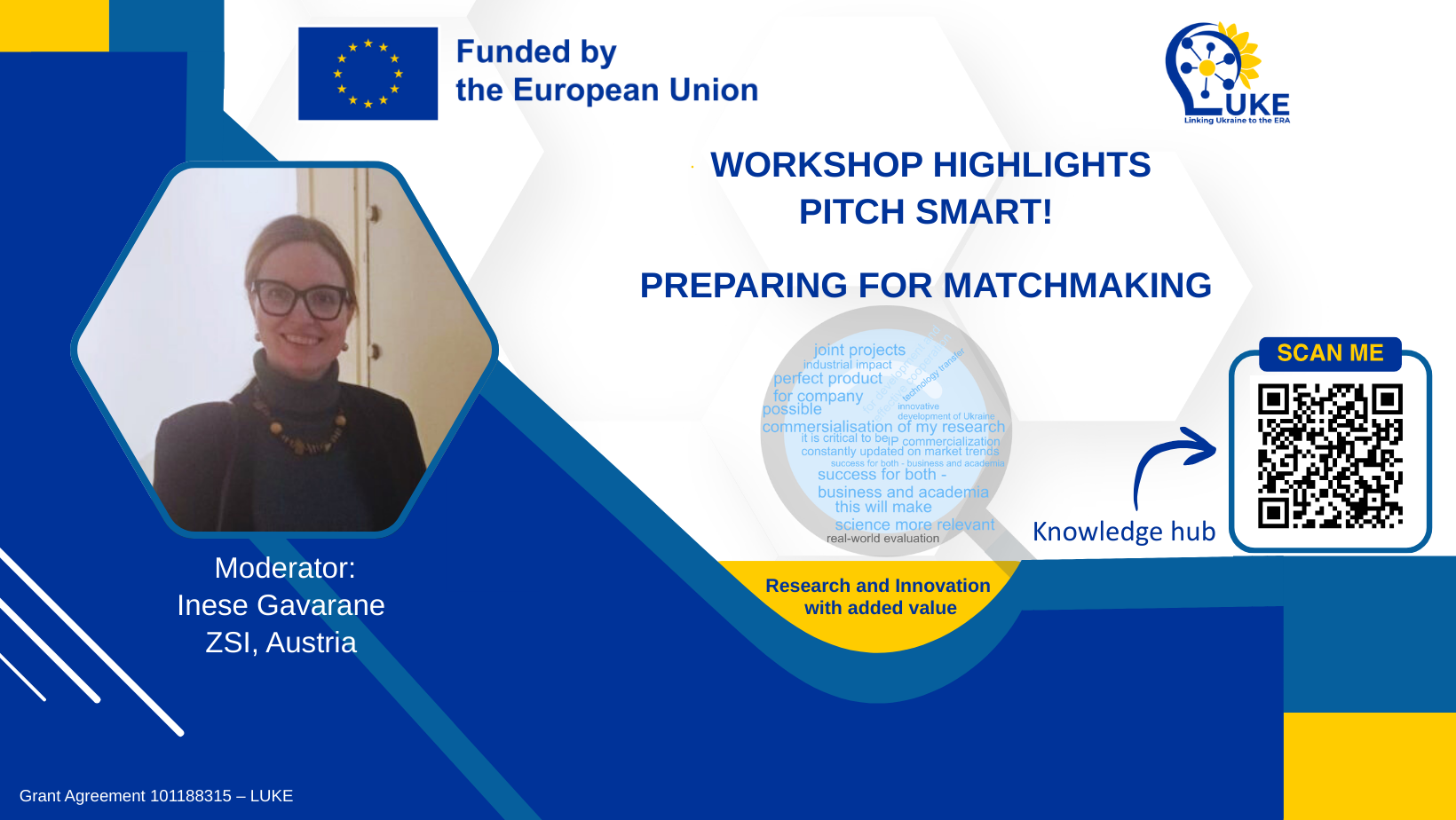For almost two years, the aggressor country has been targeting Ukraine’s critical infrastructure with manic persistence. The russian military has damaged many important facilities, such as airports, bridges, oil depots, transformer and power plants, and more.
In order to perform repair work quickly and safely, it is necessary to assess the condition of these and other engineering facilities. Traditional methods of assessing the condition of facilities do not always work, besides traditional assessments cannot always be performed quickly and safely. That is why researchers at the E.O. Paton Electric Welding Institute of the National Academy of Sciences of Ukraine decided to develop a technology for remote diagnostics of damaged large-sized facilities using drones and photogrammetry. They submitted a project to the NRFU call ‘Science for the Recovery of Ukraine in the War and Post-War Periods’ and were awarded a grant.
What is the advantage of the technology?
Leonid Lobanov, the PI and Deputy Director of the Institute, explained that remote diagnostics of critical infrastructure facilities will help save time and money (and during a blackout, every minute is priceless), monitor facilities, identify hazards and prevent accidents. “Using drones is much cheaper, more effective and less time-consuming, allows you to record quickly, avoid risks to life and health when working in hard-to-reach places. It also allows to obtain information that is difficult to get using other methods,” said the PI.
The project team has already started working. The researchers are currently working on a special computer program that will analyze photos of large-sized structures and identify damage. As a result, it will be clear which parts need to be repaired and in which way.
The researchers also plan to use 3D technologies to ‘diagnose’ facilities, in particular, to create 3D models of facilities using the photogrammetry method.
“Photogrammetry is related to precise measurements of three-dimensional objects and terrain features from two-dimensional photographs,” Mr Lobanov continued. “I’ll try to explain it simply. Let’s imagine that we need to assess the condition of a TV tower. First, using a drone we need to take aerial photos of the tower. We will determine the best way to take photos, the optimal height or angle for the photos, and which parts of the TV tower need to be photographed. We will determine the spatial coordinates of structural elements and defective areas.”
The next step is to build a 3D model of the object using the photogrammetry method. The software models the position of the structure in space and builds a 3D model. According to the researcher, this process is fully automated and does not require manual editing or special equipment.
Once the damage is detected, the defective areas can be classified using computer technology and artificial intelligence. In other words, researchers will be able to determine how serious the damage is and what needs to be done to fix it.
Next, the researchers plan to create a neural network and train it to recognize the damage. “Creating and training a neural network is a complex process. We will create a special software (neural network) that will learn to recognize, analyze, and memorize different types of damage,” the PI added.
We asked the researcher if the team members are looking for ways to implement the technology as soon as possible.
Leonid Lobanov replied that the team are thinking about the possibilities of implementation. The researchers are convinced that this technology will be useful for inspecting airports, bridges, highways, oil depots, transformer substations, power plants, cellular network base stations, and other facilities.
The team has extensive experience in studying the condition of welded structures of various designs using drones. The researchers have inspected more than two thousand pieces of equipment and structures in the aerospace, energy, construction, and petrochemical industries.
The project implementers have the status of experts in the diagnostics of metal structures, certified according to the requirements of SSU EN ISO 9712:2014 ‘Non-destructive testing. Qualification and certification of NDT personnel’, and certified by the International Institute of Welding. Therefore, the team is firmly convinced that everything will work well.
Interviewed by Svitlana Galata





